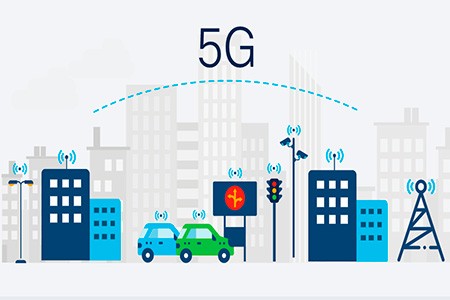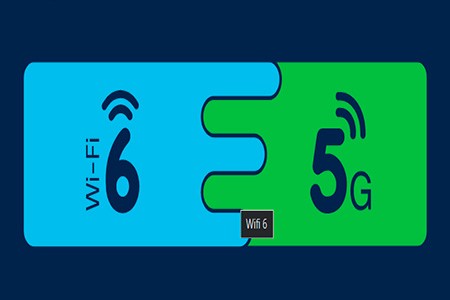
The wireless connection to the network has become very common and critical for commercial and industrial applications, so in the experience, every day there will be more users, more traffic, more IOT devices, so it represents a challenge for administrators how to address these complex problems.
For this reason, it is necessary to carry out a wireless network study on site to determine what type and number of access points based on the requirements of the client’s applications, projected growth, existing infrastructure are necessary to guarantee the desired performance in terms of speed and availability.
It is convenient to take into account the initial design parameters such as high performance, low delay, high capacity, generally considering Wifi version 6 and 5G, both standards promise better performance, where version 6 is usually considered for indoor environments such as stadiums, sports centers, etc. conventions, productive areas etc. Since it has improvements to support high densities of connected devices, on the other hand we have 5G, which is designed for outdoor networks with fixed radios for the interconnection of buildings, drones, Smart cities, which makes it the preferred method for outdoor networks.


Wifi 6 and 5G is the introduction of a new era of wireless access, the convergence enables organizations to do business anywhere by increasing productivity. At MTN our team of engineers can help you with the planning, design, implementation and optimization of any wireless network requirement.
The primary reasons for conducting field surveys for wireless networks is to determine the number and locations of access points, as well as what type of antennas will provide an optimal RF signal with adequate performance through customer facilities or buildings.
The MTN team has the experience and the latest technology tools from Ekahau and Airmagnet de Netally to carry out measurements in the field and be able to release a professional analysis with recommendations for technology, locations, quantities, etc. All considering best installation practices.
After doing the analysis, it is necessary to carry out the study periodically because the environment that impacts the propagation of the waves changes, for example, a company can build or remove walls in part of the building. Or a warehouse manager can reconfigure storage racks. These changes significantly affect the propagation of the waves. If the analyzes are not carried out, the consequence will be spaces without coverage, which will impact the productivity of the business.

We will help you Contact us!
Radars are the most popular detection means and are optimal as a cost-effective solution to protect the airport perimeter with minimal installation and maintenance costs. The C-Band FCC Certified technology used in our radar system is designed to operate efficiently in all weather and lighting conditions. The ability to detect in all weather conditions and in any light condition puts our solution ahead of other airport perimeter detection and surveillance solutions.